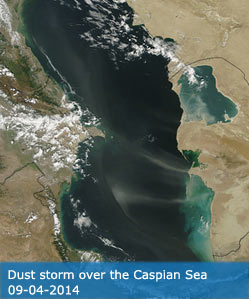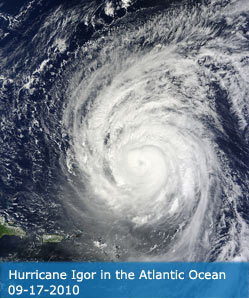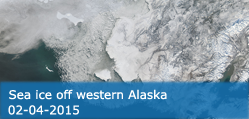Science Team
Publications
Weeks, Scarla J.; Magno-Canto, Marites M.; Jaine, Fabrice R. A.; Brodie, Jon; Richardson, Anthony J. (2015). Unique Sequence of Events Triggers Manta Ray Feeding Frenzy in the Southern Great Barrier Reef, Australia. REMOTE SENSING, 7(3), 3138-3152.
Abstract
Manta rays are classified as Vulnerable to Extinction on the IUCN Red List for Threatened Species. In Australia, a key aggregation site for reef manta rays is Lady Elliot Island (LEI) on the Great Barrier Reef, similar to 7 km from the shelf edge. Here, we investigate the environmental processes that triggered the largest manta ray feeding aggregation yet observed in Australia, in early 2013. We use MODIS sea surface temperature (SST), chlorophyll-a concentration and photic depth data, together with in situ data, to show that anomalous river discharges led to high chlorophyll (anomalies: 10-15 mg center dot m(-3)) and turbid (photic depth anomalies: -15 m) river plumes extending out to LEI, and that these became entrained offshore around the periphery of an active cyclonic eddy. Eddy dynamics led to cold bottom intrusions along the shelf edge (6 degrees C temperature decrease), and at LEI (5 degrees C temperature decrease). Strongest SST gradients (>1 degrees C center dot km(-1)) were at the convergent frontal zone between the shelf and eddy-influenced waters, directly overlying LEI. Here, the front intensified on the spring ebb tide to attract and shape the aggregation pattern of foraging manta rays. Future research could focus on mapping the probability and persistence of these ecologically significant frontal zones via remote sensing to aid the management and conservation of marine species.
DOI:
10.3390/rs70303138
ISSN:
2072-4292




